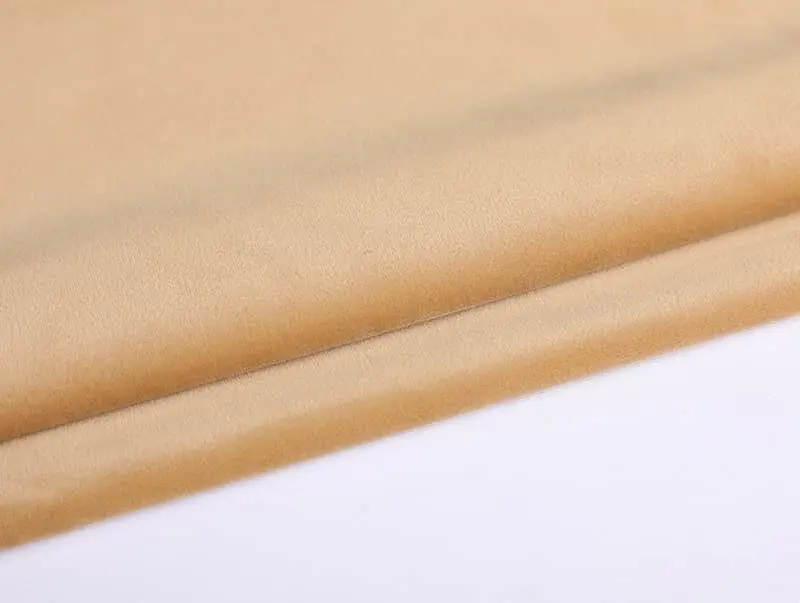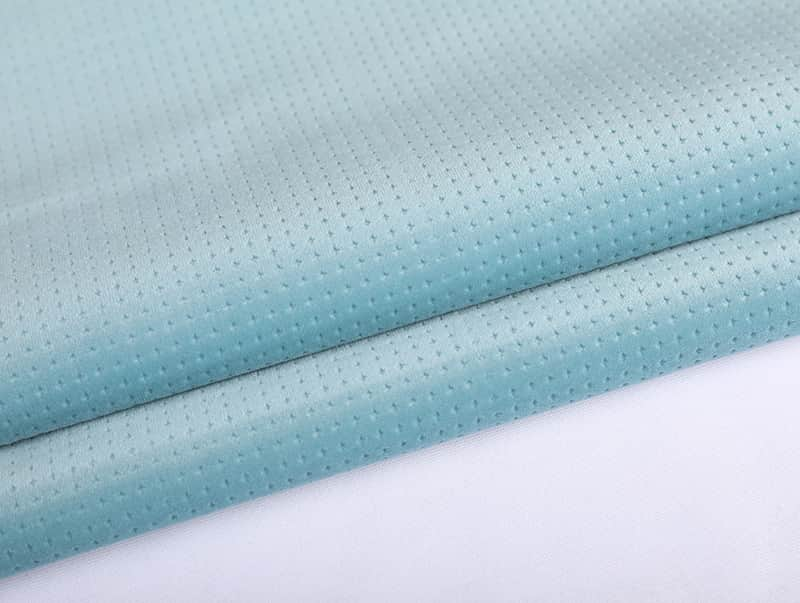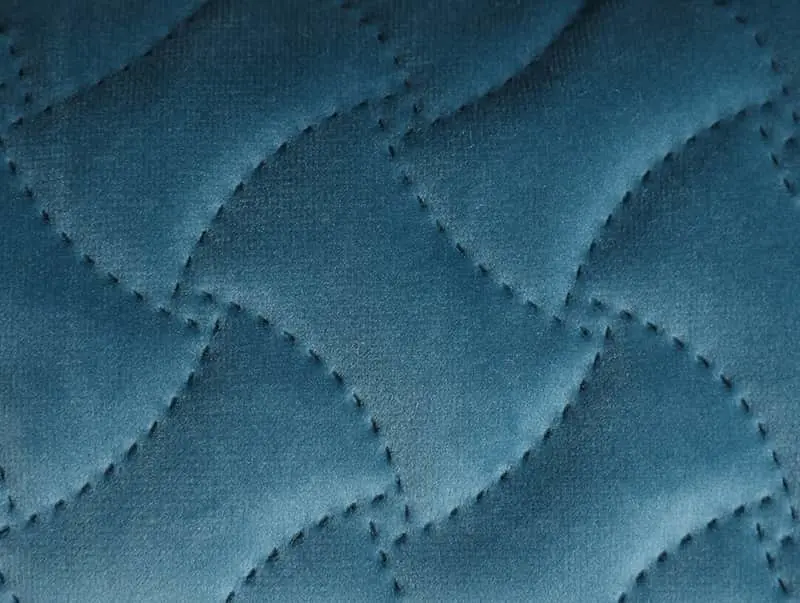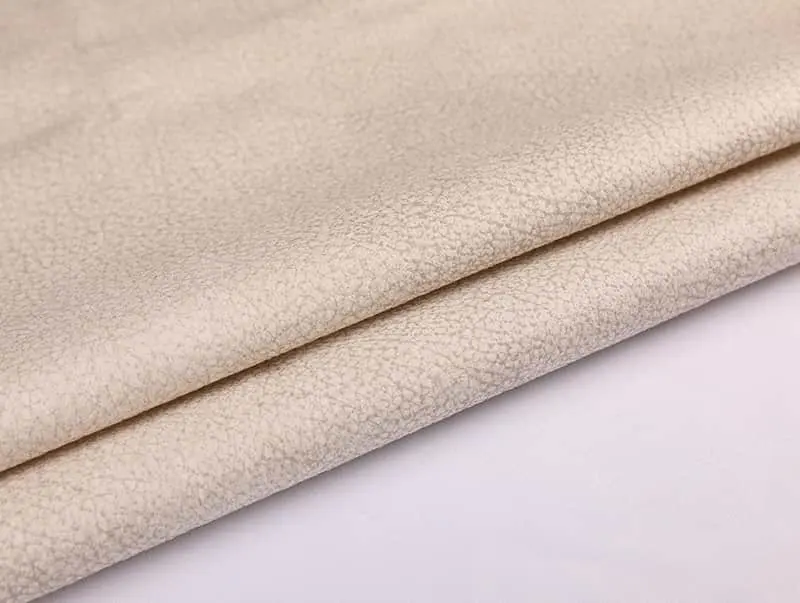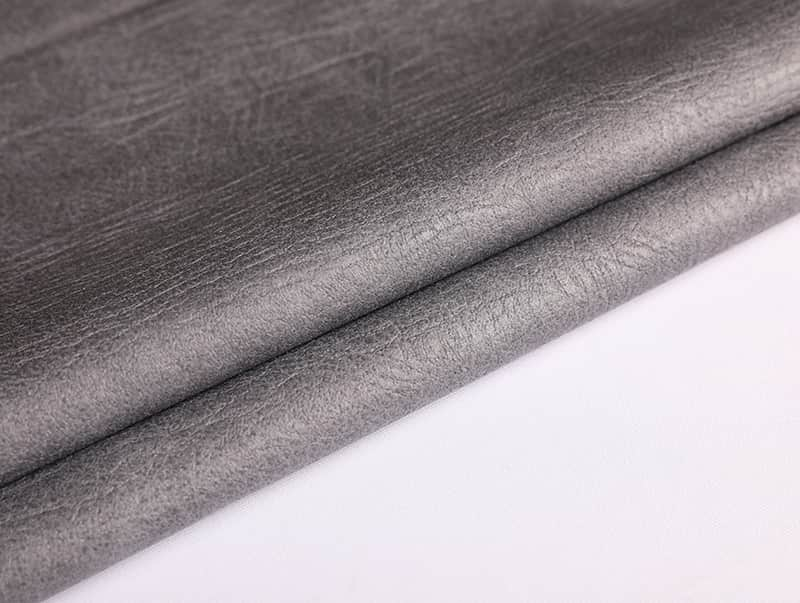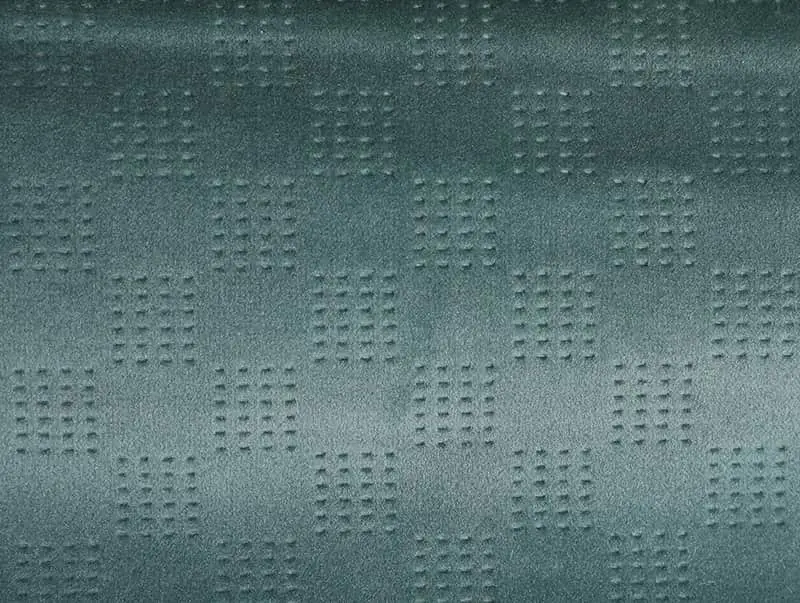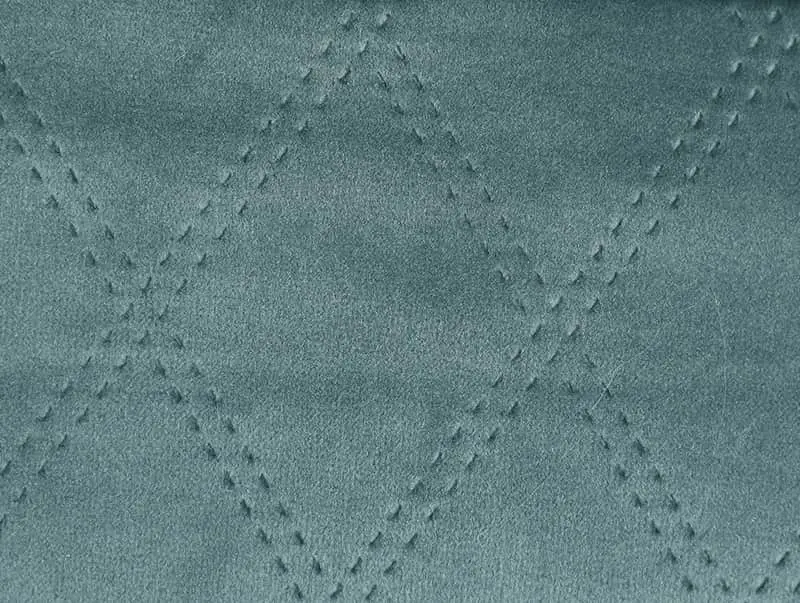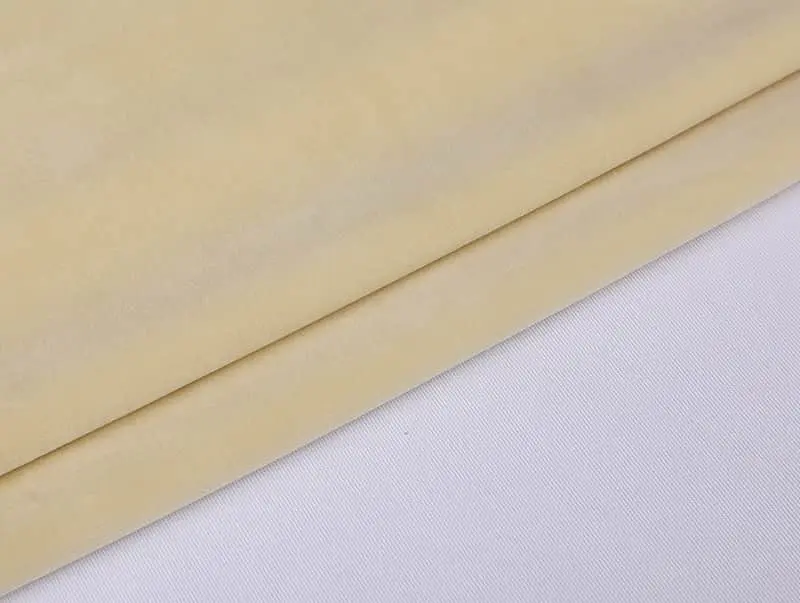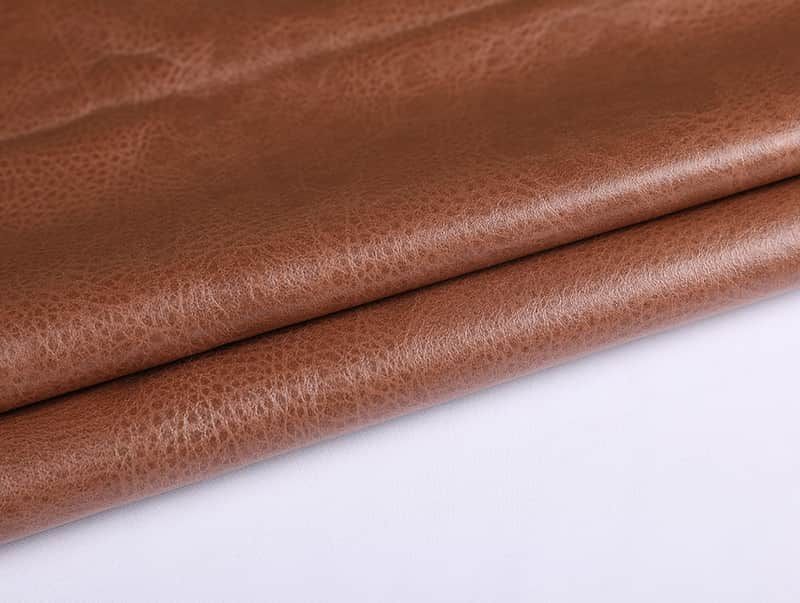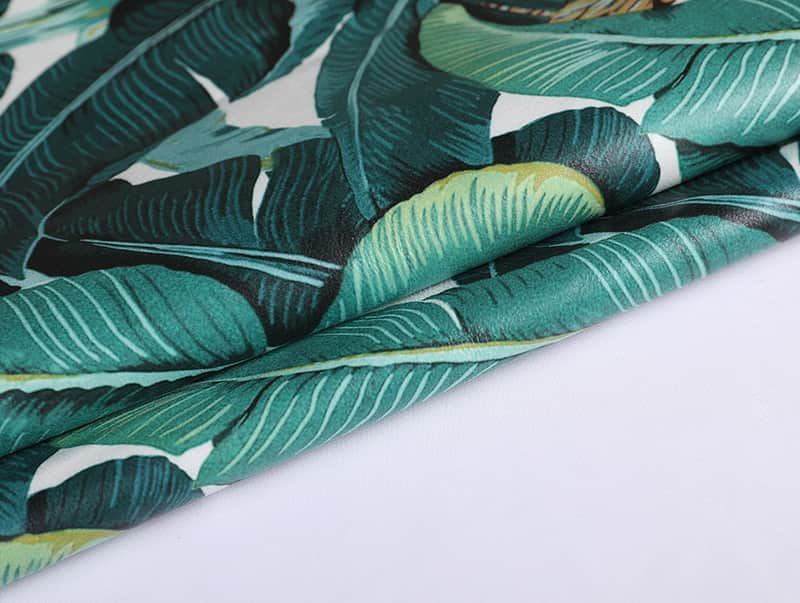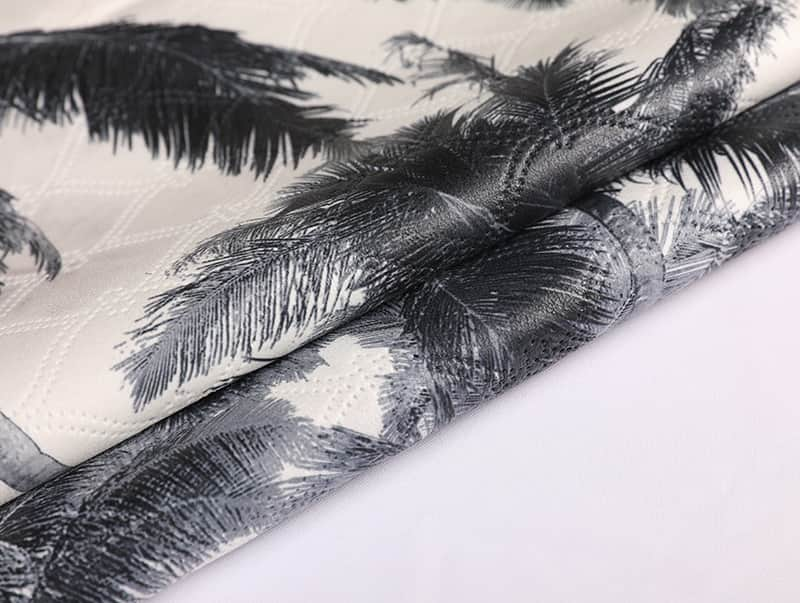Velvet has long been associated with luxury, comfort, and timeless elegance. From royal garments to upscale furniture, this fabric exudes sophistication and softness that appeal to homeowners seeking both style and coziness. In recent years, velvet sofas have become a popular interior design choice, admired for their rich texture and bold appearance. But is a velvet sofa the right fit for your home and lifestyle?
In this comprehensive guide, we'll explore what velvet fabric is, the key features and benefits of velvet sofas, how to choose the right one, maintenance and care tips, and what to consider before making a purchase. Whether you're aiming for a vintage-inspired lounge or a modern, cozy space, understanding velvet's unique qualities can help you make an informed decision.
What is Velvet Fabric?
Velvet is a woven tufted fabric characterized by a dense pile of evenly cut fibers that gives it a soft, smooth surface with a slight sheen. Originally made from silk, modern velvet is commonly produced using a variety of fibers such as cotton, polyester, rayon, or a blend of these materials.
Unlike flat-woven fabrics, velvet is made using a special loom that weaves two thicknesses of fabric at the same time, then cuts them apart to create a soft, plush pile. This process results in the signature depth, texture, and luster that make velvet instantly recognizable.
Characteristics of Velvet Fabric
Velvet is not just beautiful to look at; it also has a range of defining characteristics that make it suitable—and sometimes challenging—for furniture upholstery:
Soft, Smooth Texture
One of velvet’s most appealing qualities is its incredibly soft, touchable surface.
Rich Color Depth
Velvet has a unique ability to reflect light differently depending on the angle, giving it a dynamic, rich appearance.
Lustrous Sheen
Velvet's surface has a natural shimmer that adds elegance and catches the eye in any space.
Durability (Depending on Fiber Type)
While delicate silk velvet is less suited to furniture, modern synthetic and cotton blends are often highly durable.
Prone to Pressure Marks
The pile can show changes in direction when brushed or pressed, creating temporary marks known as "crushing."
Can Attract Dust and Pet Hair
The plush surface may require more frequent cleaning to keep it looking fresh.
Benefits of Choosing a Velvet Sofa
1. Luxurious Aesthetic
Velvet immediately elevates the look of a room. Whether in bold jewel tones or subtle neutrals, a velvet sofa serves as a statement piece that blends well with both modern and traditional interiors.
2. Comfort and Warmth
Velvet fabric feels soft and warm against the skin, making it inviting for lounging and ideal for cozy environments.
3. Color Versatility
Because of its depth and richness, velvet showcases colors beautifully—from deep emerald and sapphire to soft blush and ivory—making it easy to match your desired décor theme.
4. Durability with the Right Type
High-quality velvet made from polyester, nylon, or performance fabrics can be very durable and resistant to wear, making it suitable for family homes and everyday use.
5. Sound and Heat Insulation
Velvet has mild insulating properties, helping to absorb sound and retain warmth, which enhances comfort in large or echo-prone spaces.
Types of Velvet Used in Sofas
There are various types of velvet, each with unique properties:
Silk Velvet: Extremely soft and luxurious, but delicate and expensive—not recommended for everyday furniture.
Cotton Velvet: Offers a matte finish and soft texture; slightly less durable than synthetics but breathable.
Polyester or Synthetic Velvet: Often more affordable, stain-resistant, and easier to clean—good for homes with kids or pets.
Crushed Velvet: Features a textured, shimmering look created by twisting the fabric during manufacturing.
Velour: A knitted fabric that mimics velvet’s texture but has more stretch; less expensive and more casual in appearance.
Performance Velvet: Treated for stain resistance and easy cleaning; ideal for high-traffic homes.
How to Choose the Right Velvet Sofa
When shopping for a velvet sofa, consider the following:
1. Purpose and Usage
Will the sofa be used daily or placed in a formal sitting room? For regular use, choose a durable, synthetic velvet with performance finishes.
2. Color and Style
Velvet takes color incredibly well, but bold tones can dominate a room. Choose a color that complements your space. Neutrals add elegance without overpowering, while darker shades hide stains and wear.
3. Frame and Cushion Quality
The frame should be made from hardwood or metal for longevity, and the cushions should use high-density foam or feather blends for comfort and shape retention.
4. Maintenance Needs
Some velvets are easier to clean than others. Opt for stain-resistant performance velvet if low maintenance is a priority.
5. Size and Layout
Measure your room and consider the sofa’s scale, especially if choosing a large sectional or a tufted velvet Chesterfield design.
How to Care for and Maintain a Velvet Sofa
To keep your velvet sofa looking as elegant as the day you bought it, follow these care tips:
1. Regular Brushing
Use a soft clothes brush or velvet upholstery brush to lift the nap and remove dust and surface debris. Brushing helps maintain the texture and appearance.
2. Vacuum Weekly
Use a vacuum with a soft brush attachment to gently clean the surface. Avoid using strong suction that might pull at the fibers.
3. Spot Cleaning
Blot spills immediately with a clean, dry cloth. For deeper stains, use a velvet-safe upholstery cleaner or consult a professional cleaner.
4. Avoid Direct Sunlight
Velvet can fade when exposed to direct sunlight over time. Place the sofa away from windows or use curtains/blinds to reduce exposure.
5. Steam for Wrinkles and Marks
For pressure marks or creases, light steaming can help lift the pile and restore texture. Always test a small, hidden area first.
Things to Consider Before Buying a Velvet Sofa
Pets and Children: If you have active pets or young children, choose performance velvet or darker shades to minimize visible stains or wear.
Climate: In hot, humid environments, velvet may feel too warm. If you love the look but want better airflow, consider a cotton blend or velour.
Budget: Velvet sofas vary widely in price depending on the type of velvet, construction quality, and brand. Set a realistic budget, but invest in quality materials if possible for better longevity.
Cleaning Routine: Are you willing to perform regular maintenance? Velvet requires more care than flat-woven fabrics.
Conclusion
A velvet sofa offers a timeless blend of elegance, comfort, and luxury that can transform any room into a stylish retreat. With its rich texture and striking appearance, velvet remains a top choice for homeowners looking to make a design statement without sacrificing coziness.
While it may require slightly more maintenance than other fabrics, modern advancements—like performance velvet—make it easier than ever to enjoy the benefits of this plush material in everyday living. By understanding the different types of velvet, how to care for it, and how to match it to your lifestyle and décor, you can confidently choose a velvet sofa that becomes the centerpiece of your home for years to come.
